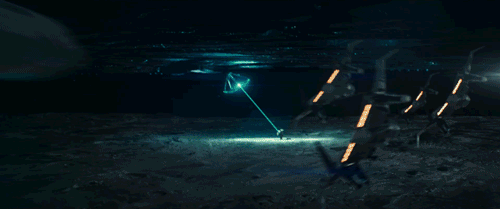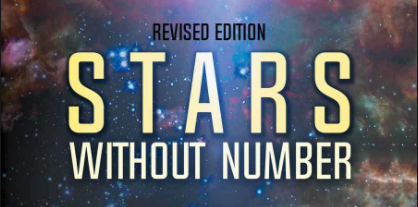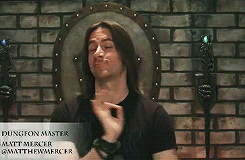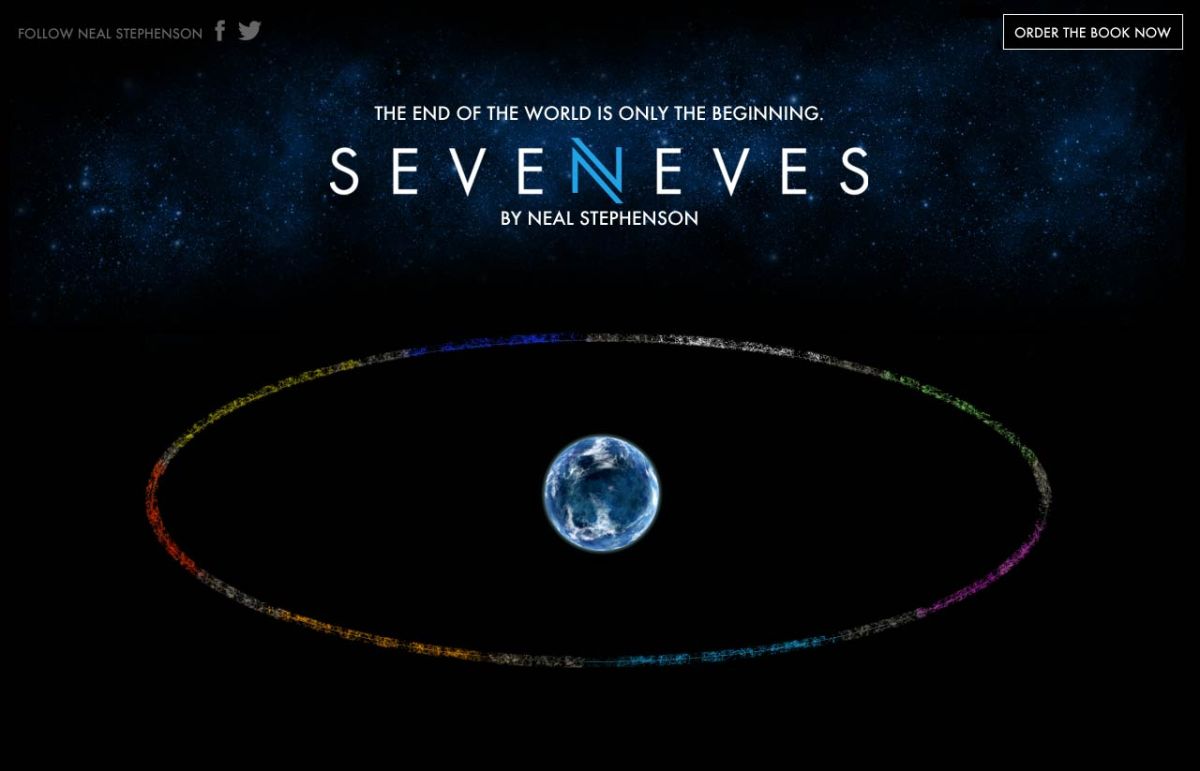[featured image taken from https://www.nealstephenson.com/news/2015/05/26/seveneves-site/%5D
When you were a kid, did you ever play those games where you would look up to the sky and imagine the clouds as bunnies, dragons, or anything in between? Did you ever play the ever-popular “the floor is lava” game? If so, fantastic, because as a kid you’re sort of expected to have an active imagination. But why does this expectation fade over time? What about “growing up” means that you have to lose your creativity? Well, we believe there is absolutely no reason for that imagination to wane, and in this blog post we’d like to suggest a fun way to keep your inner kid alive and well.
It’s called a role-playing game (RPG for short), and you may have heard about more popular ones, like Dungeons & Dragons, as there has been a resurgence of interest following the use of this particular RPG in popular culture (think Stranger Things). We made an RPG that was a combination of Dungeons & Dragons, Stars Without Number (a sci-fi RPG), and Seveneves (a science fiction book by Neal Stephenson). Ours may not be the best RPG out there, but if anything we hope this blog post shows you how, without enough time and thinking, anybody can have a great time making and playing an RPG.

The idea of the RPG is one that has been solely rooted in the fantasy genre, and by association, the wider genre of romance, something that we have discussed at length in this class. The RPG brings together a group of people, often with varying skills and interests that offset each other, with a shared goal. There is usually some form of quest, self-redemption, or self-revelation that occurs, and because RPGs are more focused on player character development than most other forms of interactive media that we discussed, we thought it best to use to remediate a science fiction novel. Additionally, we both have years of experience playing role-playing games such as D&D and Pathfinder, and have planned our own campaigns before as well as played personal characters in others. All of those campaigns were solely in the fantasy genre, however, so if we were going to make a science fiction RPG, we would have to do a little research.

The first order of business was understanding the book in which we were basing our RPG. Internet synopses can tell you more than we can here, but this is the gist: the moon was destroyed by an unknown “Agent,” and in the two years before the moon rocks crash to Earth and destroy everything, humanity stashes itself in space to return thousands of years later as collection of seven races, stemming from the seven fertile women who survived in space. You can see more contextual information later in the post and in our notes, or if you’re really invested you can even read the book. The point is this book was perfect for creating a sci-fi RPG.
Furthermore, we scoured the Internet for tips and resources on how to make a sci-fi RPG. From Googling those exact words to thumbing through Reddit threads, we took a few days to amass as many ideas as possible. We settled on the system Stars Without Number, as this RPG system was freely available and seemed to be quite well developed for our purposes. Specifically, this system did a great job at reframing D&D classes into various jobs and skills that were more suitable for life in space, rather than a fantasy world, and the system itself was flexible enough to modify.

Why would we need to modify the system? Well, our goal for this project was to develop a “one-shot” game, or an RPG that is meant to be played in a single session rather than in a multiple-session campaign. With this in mind, our primary concern was providing the players enough time to explore the world we were creating. We easily adjusted the mechanics for making skill checks to be less based on players stats and more based on intent and narration. In more practical terms, players could essentially do whatever they wished without all the role-playing and messing about that takes time, so the Game Master (GM) could provide more narration about the environment. It worked out pretty well, as you can see in the videos we’ve placed here and throughout the post.
There are many other mechanical considerations you have to make when planning an RPG. Where is the game set? What is the history of this setting? What is society like? What maps do you need to make? Who might the players encounter, and what will that encounter look like? Is there a point system? Since we based our game on the world of Seveneves, we had a lot of the contextual questions taken care of already. We answered the RPG-specific questions, and you can see our notes in the Google document link in this post later on. The doc can speak for itself, but we’d like to briefly elaborate on the point system, which we developed from the ground up. Normally “points” in the RPG world are experience points that accumulate to level up the player. However, we used “assets” as a way of measuring how well the players were forming bonds with the species on Old Earth, and so whichever team (Red or Blue) had the most assets by identifying and succeeding in more opportunities by the end of the session won.
We gathered up some of our friends to play a short one-shot on a Monday. In RPG terms, a “one-shot” is usually a game or storyline that takes one or two sessions to finish (as opposed to usual longer story arcs in regular play). We planned on filming the session to use in our presentation, so we wanted to have every possible race represented. Our friend Penn played an Ivyn engineer, Jacob played a Camite priest, Nick played a Julian aspiring politician, Jamz played a Moiran biologist, Ethan played a Teklan transport specialist, Jordan played a Dinan astronavigator, or “astrogator,” and Matthew played an Aïdan technician. Torie acted as the “GM,” or the Game Master, who essentially narrates the campaign and prompts the players to make various “checks” in order to see if they successfully complete the actions they wish to perform.

The plot itself was simple: each of the player characters had been gathered as part of a co-racial mission from an orbiting space station around the Earth to explore a newly terraformed surface and investigate for human life. You can read more about it here. You can also see the racial traits and backgrounds we provided for our player characters to choose from. In our game, which lasted about three hours (typical for a standard RPG session, at least for us), our group encountered a race of humans that had adapted to living underwater for over 5,000 years that the orbiting population nicknamed the “Pingers,” after the sonar-esque transmissions they intercepted from their society. While at first a little hostile, our group managed to curtail the growing violence and managed to establish good terms with a group of Pingers. (Here is a video of their “first contact”). They shared technological knowledge and made some vague promises at treaties with military leaders, and were pointed to the underground race of humans (“Diggers”) to assist them in repairing their broken communications device.
As a player character, or PC, I found the sci-fi context fascinating. Personally, I’ve always loved engaging with any media from this genre; though everything is scientific and futuristic, it’s still all imagined and possible, so it makes me feel optimistically youthful. For this game, we had a mix of rambunctious and withdrawn players, so that made the three hours we played pass with much entertainment. I was in the unusual position of being a quasi-GM, meaning that I was privy to everything that might happen in the game, but I still had to engage as a player who did not know these things. Thus, I found myself motivating the players to pursue various paths that I knew would keep the action in the game flowing. I wish we had had more time to thoroughly explore the world that we had created, but that’s just the nature of a one-shot game.

As a GM, Torie found that there was a lot of the story that she did not prepare for. Unfortunately, only one member of the group besides us had actually read Seveneves ( a couple of them did read it after the session, though!), and this proved to be a bit of a problem when Torie ended up killing a lot of game time explaining background situations and mechanics of the players’ society and objects to them. Both of us (Torie and Matthew) have been Game Masters for our own games before, and while Torie had over twenty pages of GM notes, we both knew that planning a successful campaign and story took a much longer amount of time than a single month. Even with the most careful planning, though, the fun of RPGs is that the players make their own decisions, which means that there is always something happening that the GM has zero plans for. Torie expected this, and because of it, was able to work mostly successfully with the players’ wishes as they went. We were hoping to have contact with both the Diggers and the Pingers in this, but, after three hours, the group had only made it to the Pingers, and we decided to call it a night. (This is common with our experience as GMs and players, stories always take a little longer to tell/roleplay than you think they will).
In conclusion, we loved the opportunity to take something we both love to do as a hobby and integrating it with the themes that we have learned in ENGL 3726 with Professor Clayton at Vanderbilt. We have both grown up with these “new” forms of media that we have discussed in class, and have been fans of the fantasy and sci-fi genres since childhood. Being able to put those together in this new creation was a really satisfying culmination of these themes for us, and we know that our friends enjoyed playing through the story with us as well.




You must be logged in to post a comment.